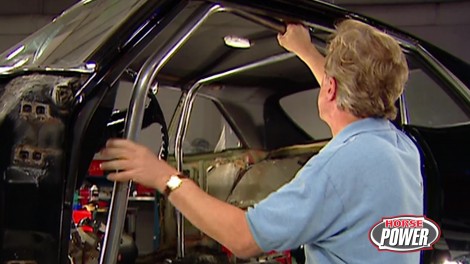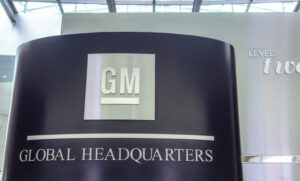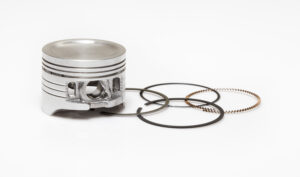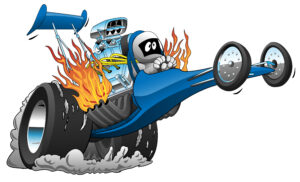
Super Nova Part 2
We transform a 1969 Nova into Project Supernova, aiming to break into the 9-second drag race bracket. After dropping in a 572 race motor, enhanced suspension, and a new set of brakes, we are on track to create a high-performance, safety-conscious vehicle.
Season 7
Episode 15






























